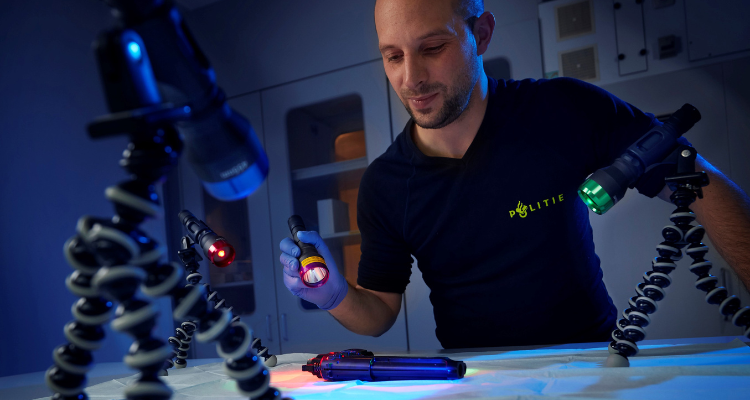
Testimonial
Novel Sensing Technologies participant Raoul de Graaff
Sometimes, the best solutions lie outside your own field, and this course truly broadened my perspective on hyperspectral techniques.
Operational specialist Raoul de Graaff joined the Novel Sensing course to explore hyperspectral imaging for forensic trace detection. Inspired by its use in agriculture, he gained valuable insights into data interpretation and validation.
When I joined the Novel Sensing course at Wageningen Academy, I stepped into an unexpected learning environment. I came across the course through a knowledge-sharing event and was immediately interested. In my work as an operational specialist at the police force, we are exploring ways to detect traces more efficiently, and hyperspectral imaging is playing an increasingly important role in that process.
One of the biggest challenges in forensic investigation is analysing traces in combination with different surfaces. In the agricultural sector, hyperspectral technology is already widely used, for example, to determine the ripeness of fruit. That gave me new insights—perhaps similar models could be applied to gather more information about traces during crime scene investigations.
What is used in agriculture for ripeness detection could potentially help forensic science detect traces more efficiently and provide deeper insights into their nature.
The course provided valuable data processing and pre-processing knowledge, which I could immediately apply. I now have a much better understanding of the effects present in our recordings and how to process the data more efficiently.
The hands-on approach was especially inspiring, as experimenting with different lighting techniques gave me directly applicable insights for my own research.
What stood out most to me was the importance of interdisciplinary learning. I was the only forensic investigator in a group of agriculture and spectroscopy professionals, which made the experience even more interesting.